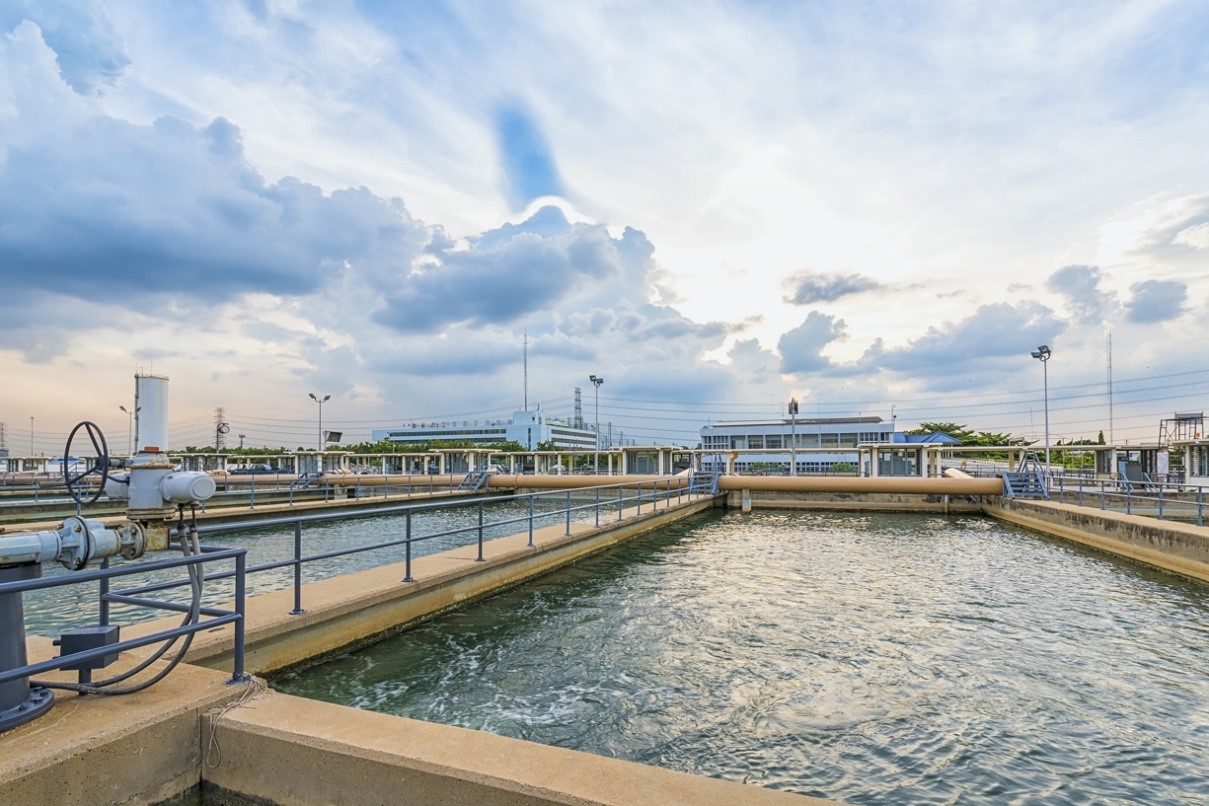
As we navigate the COVID-19 pandemic, the entire world has become aware of the impact a pandemic has on the way we live and do business. While COVID-19 is believed to be a natural outbreak of a new coronavirus and not the product of bioterrorism, it shows what a widespread pandemic can do to our society, spreading from a single village to every continent in just 36 hours. The United States has struggled to slow the spread of COVID-19, but in South Korea, scientists used lessons learned during the 2001 anthrax attacks in the United States to develop a plan for distribution of drugs, should a bioterrorism attack occur. The bioterrorism plan was the starting point for a drive-through testing plan for the COVID-19 pandemic, featuring testing centers all over the country and an easy-to-use app to locate them. Their quick response helped contain the coronavirus by identifying carriers and quarantining them before it spread further. COVID-19 gives us all the opportunity to learn from a worldwide pandemic and prepare for the possibility of bioterrorism attacks in the future.
Then & Now
Bioterrorism may seem like a new danger, but it has been used in warfare and terrorism since the sixth century B.C., when Assyrians poisoned their enemy’s wells with fungus. Over the past couple of decades, it has become a more common threat. Extremist groups, such as ISIS and al-Qaeda, are studying the effects of the current pandemic and the ways it is weakening the world economy and governments. In addition to determining ways to prey on the weaknesses created by COVID-19, they may develop plans to create biological attacks on their enemies, in hopes of recreating the same worldwide impact as the coronavirus. Fortunately, terroristic plots often require knowledge and infrastructure that is beyond the means of many terrorist groups, so we have not experienced any widespread damage from bioterrorist attacks to date, but bioterrorism is a real possibility that could have a tremendous impact on the way we live.
What is Bioterrorism?
Biological attacks happen when a pathogen (bacteria, virus or microorganisms that can cause disease) or biotoxin (a poisonous substance produced by a living organism) is released for the purpose of attacking humans, plants or animals. These agents can be gathered from natural sources, from laboratories or bioweapons stockpiles or generated in a laboratory. Depending on the type of agent used, attacks can be carried out in several ways: through air (either spraying outdoors or through the ventilation system of buildings, planes and subways), through food or water, by human, animal or insect carriers or through physical distribution of the agent (such as the anthrax attacks in 2001 that were carried out through U.S. Mail). Some agents are contagious, others affect only the individuals that are exposed to the source. Plant- and animal-based attacks can affect food supplies, either killing our food sources or rendering them inedible.
Biological warfare can cause widespread outbreaks in a very short period of time, leading to disease and death and also breaking down our societal, economic and governmental structures. Like the current pandemic, bioterrorist attacks can quickly overwhelm our healthcare providers and emergency services, create shortages in food and essential supplies and shut down businesses, resulting in economic disaster. Now more than ever, it’s wise to have a strategy in place to detect warning signs and react quickly and strategically in the event of a chemical, biological or radiation (CBR) attack. It could save lives and save your business, too.

Protecting Your Facilities
Just as you ensure that your facilities are blast-and collapse-resistant, a comprehensive security risk assessment should also place special attention on HVAC ventilation and air filtration, systems and water supply to help reduce the risk to employees’ wellbeing and mass contamination of your work environment.
General Security Considerations
Any facility should look at building elements to ensure that adequate protection is in place. Preventing both forced and covert entry is the basis for everyday security. Examine access control, the configuration of building entrances and forced entry resistance in windows and doors. Establish an intrusion detection system (IDS) for both forced and covert entry, identify assessment requirements for both guards and closed-circuit TV (CCTV) systems and determine access control requirements.
Airborne Contamination
Looking at airborne contamination, HEPA filtration can help reduce the risk of biological agents, such as bacteria, viruses and toxins, as well as the radiological agents from nuclear attacks. Carbon filters can provide protection against military chemical agents and toxic industrial chemicals (TICs). Special attention should be placed on measures to prevent both external release attacks and internal release attacks. External release attacks can take the form of standoff release, where agents are released in the air covering an entire region, or a pointed attack where agents are emitted into a building through outside air intakes. Internal release attacks can take the form of a forced or covert entry into the building, through mail and supplies via commercial delivery (such as the 2001 anthrax attacks) or through access to the building’s ventilation system. It’s imperative to have systems in place to detect attacks, delay the progress and respond to stop the spread. A successful strategy focuses on access control, the isolation of high-risk areas such as mail rooms, loading docks and lobbies, and the use of over-pressurization and filtration to help reduce the impact of airborne contamination.
Waterborne Contamination

As part of the Public Health and Security and Bio-terrorism Preparedness and Response Act of 2002, the American Water Works Association, American Society of Civil Engineers and Water Environment Federation have worked together to secure public water systems in the United States, ensuring that most chemical and biological contaminates are removed by the water treatment processes for both potable water and waste water. Typically, it takes a large quantity of contaminates to make water toxic and most chemical and biological contaminates are removed by the water treatment process, so the dilution of agents in water minimizes risk in and of itself. Beyond dilution, normal water treatment systems remove bacterial and viruses through the use of coagulation, sand filters and chlorine disinfection. Reverse osmosis removes all contaminants except nuclear and nuclear radiation can be removed using ion exchange technology. The strategy for protecting water supply relies on the components of the system, physical security, and preventing the backflow of contaminates into the water system through faucets and hydrants. As a secondary strategy in critical buildings, internal water treatment plants may be installed.
Moving Forward
Given our current pandemic situation and knowing that it can repeat itself, either through natural or manmade origins, it is extremely important that our country, businesses, and population be better prepared in the future. Today, as we live through COVID-19, we’re reacting as we learn how the virus works and the risks involved, but now is the time to take preventative measures to minimize future risks, should we face other pandemics or bioterrorism attacks. By being proactive in addressing facilities’ needs through comprehensive security risk assessments and security training for employees, we can better manage future incidents and help ensure the well-being of not only our facilities and their employees, but the effects our businesses and people have on the general public, as well.
Scott L. Weiland PE, a principal with Innovative Engineering Inc., has specialized in physical security engineering for the past twenty years. He can be reached at sweiland@ieiusa.com
For the past 20 years, Innovative Engineering Inc. (IEI) has provided security engineering services to help protect individual buildings and entire campuses through blast and progressive collapse-resistant design, as well as helping secure these facilities from terroristic and wartime threats of chemical, biological and radiation (CBR). IEI works with the Interagency Security Committee (ISC), Department of Defense (DOD) and the Department of Veterans Affairs (VA) criteria, designing for terroristic and wartime threats. In addition, on behalf of the government, IEI provides peer reviews of other security consultants’ work to ensure its integrity. Highly trained and experienced in comprehensive security risk assessments, IEI representatives also conduct routine training seminars on security criteria.
